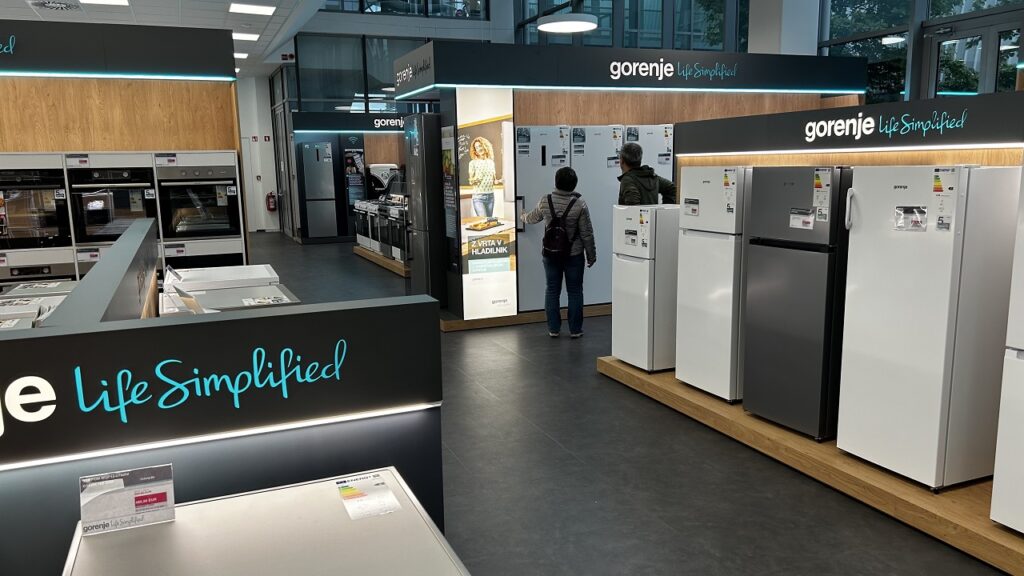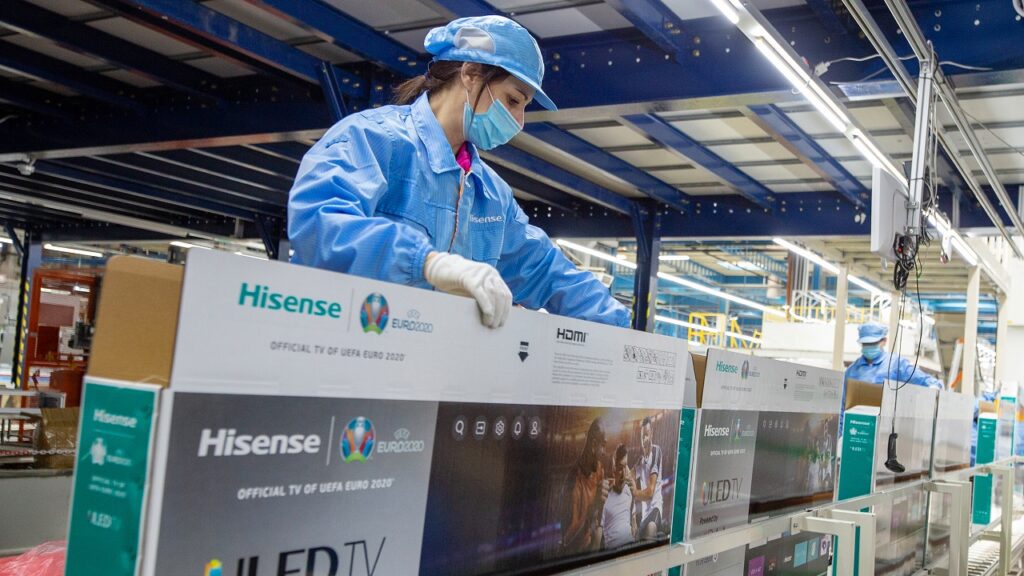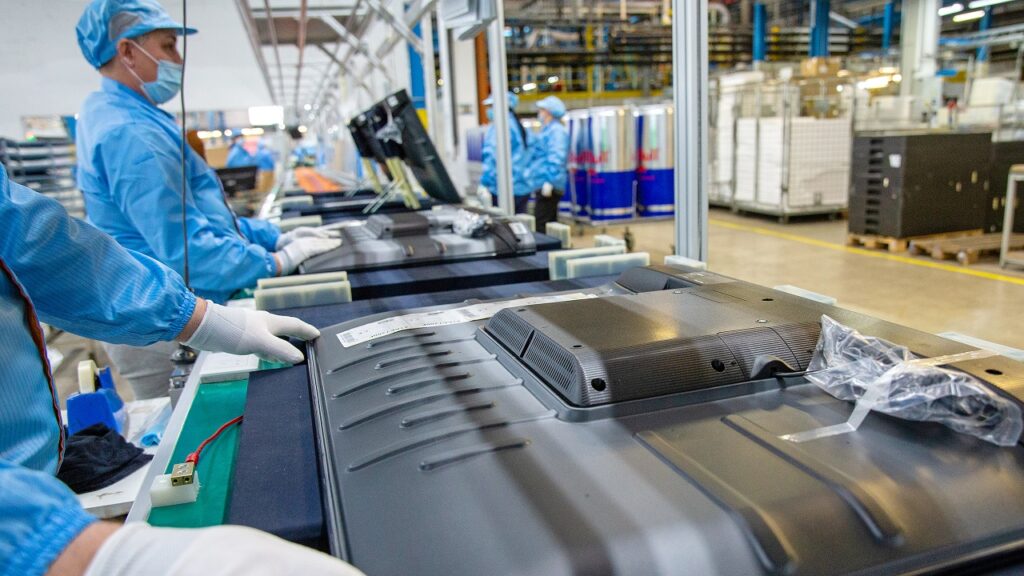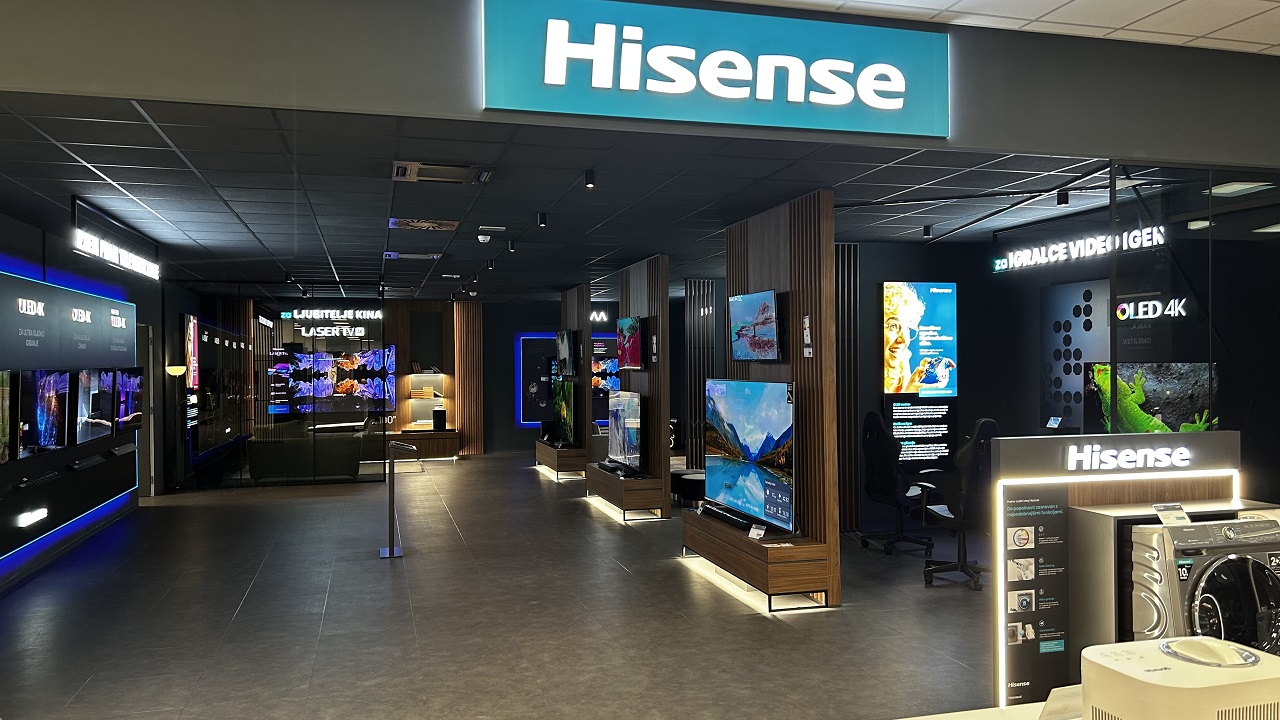Hisense managed in a few years to make a name for themselves and offer high standards in a European market which, in terms of technology, appliances and TVs, was certainly not lacking in offers. Thanks to targeted marketing campaigns, supported by the quality of their products, the Chinese company has earned its place in the pantheon of tech companies and shows no sign of stopping. Just in Europe, to be precise in Sloveniaone of the company’s largest and most important factories is located and we were able to visit it to be able to tell you more about what happens behind its doors.
Hisense TV and much more: the Slovenian tour

Slovenia, or rather Hatchingbecame Hisense’s operations center after the acquisition in 2018 of the group Burning, one of the most important household appliances companies in Eastern Europe. Although the name doesn’t say much to Italian consumers, know that Gorenje’s story begins way back in 1950 with the production of agricultural machinery, which later became the production of ovens, washing machines and refrigerators. Aware of the strengths of the company, Hisense has launched an important acquisition that has also put brands such as Asko, Ronshen, Toshiba and many others under its wing.
The central fulcrum of this riot of brands is the European headquarters where not only are many of the devices on sale assembled, but it also represents the European nerve center of studies, design, planning and so on. All this, to try to make you understand the not only logistical dimensions of the place, counts approx 5000 employeesbetween factories, research and development and everything related to a large company like Hisense.
Hisense TVs and much more

Not only ovens and washing machines, but also the whole gamma di Smart TV from Hisense it is made here. To be precise, it is an invincible connection with China which sends the central heart of the televisions to Valenje, which are assembled here through a perfect and flawless assembly line that sees the collaboration between man and machines. The latter range from the classics assembly line rollers to giant robots worth millions of euros able to relieve the toughest jobs from employees. These are also accompanied by all those technologies and processes that concern product quality control.
In the case of televisions, these range from ascertaining the robustness of the hardware to analyzing the audio and video quality of the televisions which will always be promptly packed on site, ready for distribution. all the range of televisions from Hisense, LED, OLED and so ontakes shape right here. The production lines work around the clock capable of producing around 9000 televisions every day.
Hisense’s strong European presence

if during i quality controls a device has an anomaly, the assembly line repeats itself to try to solve the problem. If this goes beyond simple obstacles such as a trivial overlapping of the plastic protection, the product is handed over to highly specialized technicians from China. This is practically the only Chinese presence inside the factory. Being a company that originates in China, we expected a larger contingent of oriental representation but to our amazement, the European identity of the company is very strong.
This is perceived even more by visiting the design and research and development offices that see the presence of over 600 designers and engineers throughout Europe. Added to this are also several subsidiaries with a strong presence in countries such as Germany and Sweden. From here begin the main developments regarding technology and design that will affect future Hisense products, elements that have made them successful also in our country.
And it’s just about success that you have to talk to Hisense. In a relatively short time, the company has managed to expand beyond the Asian market and spread to Europe with great speed. Here, in fact, Hisense now holds a 5% market share which rises up to 30% in the Balkan area. Over the past 2 years, the group has seen sales grow by 15% and continue even after the pandemic lockdown. The goal is now to achieve reach 10% market share in Europe and a turnover of almost 5 billion by the end of 2025.















Leave a Reply
View Comments